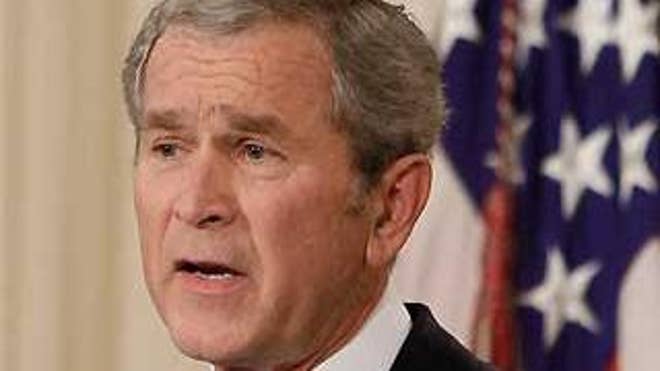In its latest meeting minutes, the Federal Reserve said it will continue with quantitative easing, creating $85.0 billion in new money monthly, in order to bring economic growth to the U.S. economy. (Source: Federal Reserve, May 1, 2013.)
The Federal Reserve, once again, didn’t provide any clear indication as to when it will end the quantitative easing; rather, the central bank stated it will continue to do the same “until the outlook for the labor market has improved substantially in context of price stability.” (Source: Ibid.)
The Federal Reserve has already increased its balance sheet to over $3.0 trillion, and if it continues its quantitative easing at this pace, its balance sheet will balloon even more, possibly even reaching $4.0 trillion—or even $5.0 trillion—in a very short period of time.
This is troublesome news, dear reader. The more money created out of thin air via quantitative easing, the more the fundamentals of the reserve currency, the U.S. dollar, deteriorate.
As I have mentioned in these pages before, we only need to look at the Japanese economy to see quantitative easing is not a viable option for us.
The Japanese currency has plummeted since the Bank of Japan revved up its quantitative easing. Just look at the chart below of the Japanese yen compared to other major currencies in the global economy; it seems as if the currency has fallen off a cliff. If we keep up with all this money printing, the U.S. dollar may eventually look the same!
Chart courtesy of www.StockCharts.com
A falling U.S. dollar will drag down the buying power of Americans even further, as they are already struggling to keep up with their expenses. What we could purchase for $1.00 in the year 2000 now costs us $1.35. (Source: Bureau of Labor Statistics, last accessed May 3, 2013.)
I have yet to see any real economic growth in the U.S. economy as it was promised when quantitative easing was first introduced after the financial crisis. Quantitative easing is working to make big bank balance sheets strong and to create inflation, but I don’t see any economic growth being created by it.
I am looking at the Japanese economy as the best example of a country failing with long-term quantitative easing and what might be next for the U.S. economy and the dollar due to all this newly created money.
—-
Click below for the full article.
http://www.business2community.com/finance/u-s-dollar-to-become-the-next-yen-0486009



 mix[ed] household chemicals in a tiny 8-ounce water bottle, causing the top to pop off, followed by billowing smoke in [a] small explosion.
mix[ed] household chemicals in a tiny 8-ounce water bottle, causing the top to pop off, followed by billowing smoke in [a] small explosion.